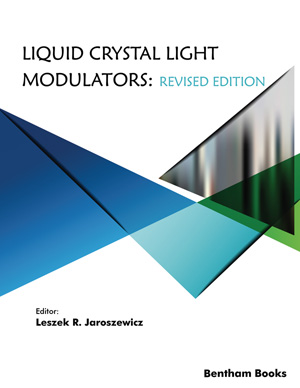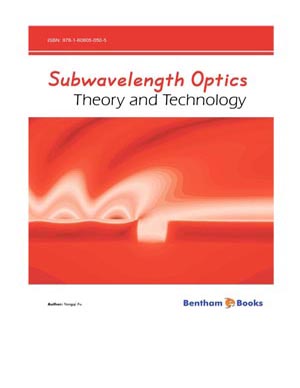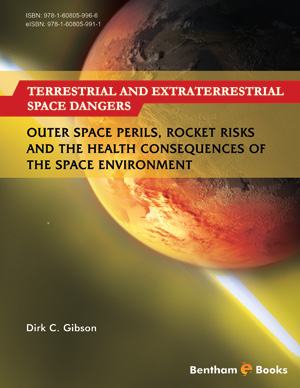Abstract
We consider the two basic theories of the standard physics: (1) the theory
of relativity, as a four-dimensional time-space description of our universe, with the
invariance of the time-space interval which leads to the Lorentz transformation, and
(2) quantum mechanics, based on the Schrödinger equation, with a solution called
wave function. However, we find that this equation is very unsatisfactory, describing
fully unlocalized free particles, any initially localized particle rapidly spreading in
space, in disagreement with the fundamental Hamilton equations. In agreement with
the Hamilton equations, we describe a quantum particle by propagation wave
functions in the coordinate and momentum spaces, with the Lagrangian in the time
dependent phase instead of the Hamiltonian coming from the Schrödinger equation.
With the relativistic Lagrangian, we obtain wave functions describing invariant
distributions propagating in space.
Keywords: Light velocity, Time-space interval, Lorentz transformation, Hamiltonian, Kinetic energy, Potential energy, Mass, Schrödinger equation, Operator, Heisenberg picture, Schrödinger picture, Hamilton equation, Wave function, Wave packet, Group velocity, Standard deviation, Mean value, Commutation, Lagrangian, Proper time, Momentum, Conjugate space, Metric tensor.








